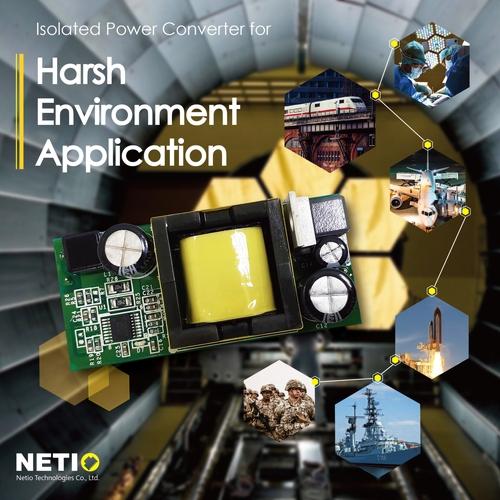
It is said correctly that the success or failure of any electronic product’s function largely depends on the circuit board design. Industrial circuit boards are typically used in applications that require high power levels to drive motors or other heavy-duty equipment. The rules and constraints of design are different than what would be used to layout for consumer products. Below we introduce three main considerations.
Considerations for Hardware design in industrial applications
Power
High-powered designs are typically for use in motor control systems, power management equipment, automated robotic manufacturing, and similar devices. These applications monitor and control high power levels but may also employ sensitive low-power circuitry for their control systems. Designers should consider safety. We have mentioned the importance of isolated design previously article, this is why IPC hardware designers need to be sophisticated in power design.
Reliability
Virtually all industries use circuit boards that transmit, receive, and process high-speed RF signals. For critical industries such as defense and aerospace, harsh operating environments add to boards’ design and manufacturing requirements. These requirements include mitigating the effects of extreme temperatures, high pressure, vibration, exposure to radiation, and the inability to repair and/or replace mission-critical boards.
Durability and longevity
The rugged design is defined as reducing expensive machine downtime and being available to update critical-path equipment. The product should support a long lifecycle. Designers must choose the best components for the board and adhere to the appropriate design rules and constraints.
Certification
Designs for industrial applications also may require manufacturers that carry certifications in specific industry standards. These certifications can include EN/IEC60601, EN 50155, EN 50121, MIL-STD 810F-514.5 C1, C2, & C3, IEC EN60945, IACS E19, DNV2.4. Ranging from medical care, railway, military, and marine industries.
Since some industries use higher standards for industrial electronic products. It takes a significant amount of effort to deliver the right solutions that meet customer demands. The right solution demands everybody stay on the same page, with strong scope definition from end user’s need, collaborative efforts across the team, adherence to specification and requirements extracted from product definition, simultaneously mitigating risks and sticking to the best possible quality. A well-structured process from design to mass production is necessary:
1. Product Ideation & Conceptualization (Device classification if needed)
2. Product Design & Addressing Regulation Needs
3. Verification & Validation (Including certifications)
4. Risk Management
In the following article, we will share our success story to demonstrate our experience in specific and high-standard-required, fields. How we made it was by one, a disciplinary team strictly following the systematic process. And two, expertise in industrial-grade hardware design.
Let's get more info on Smart Manufacturing
Get to know more about IPC news, join our

Netio Technologies
Your Best Design Partner !




